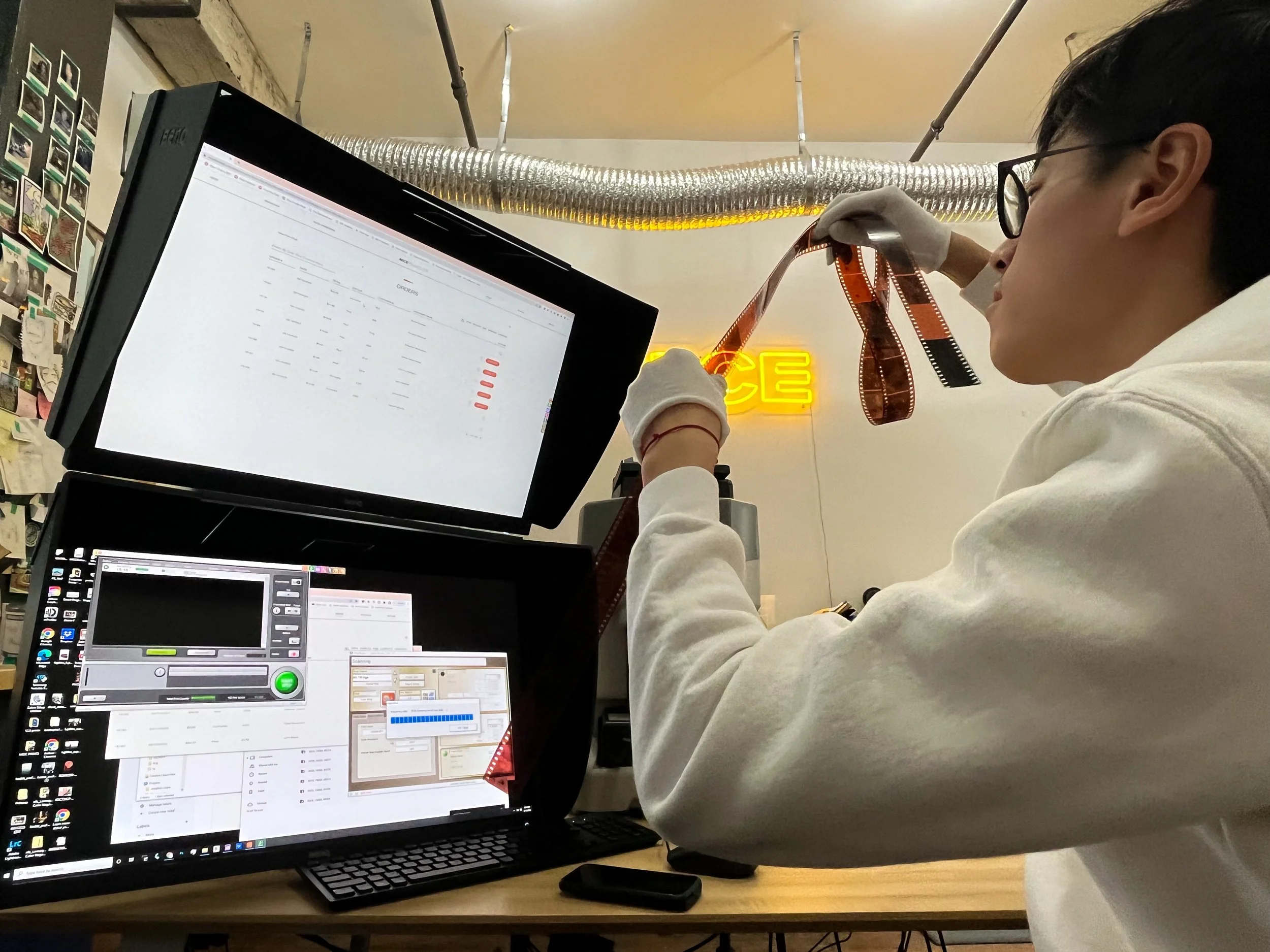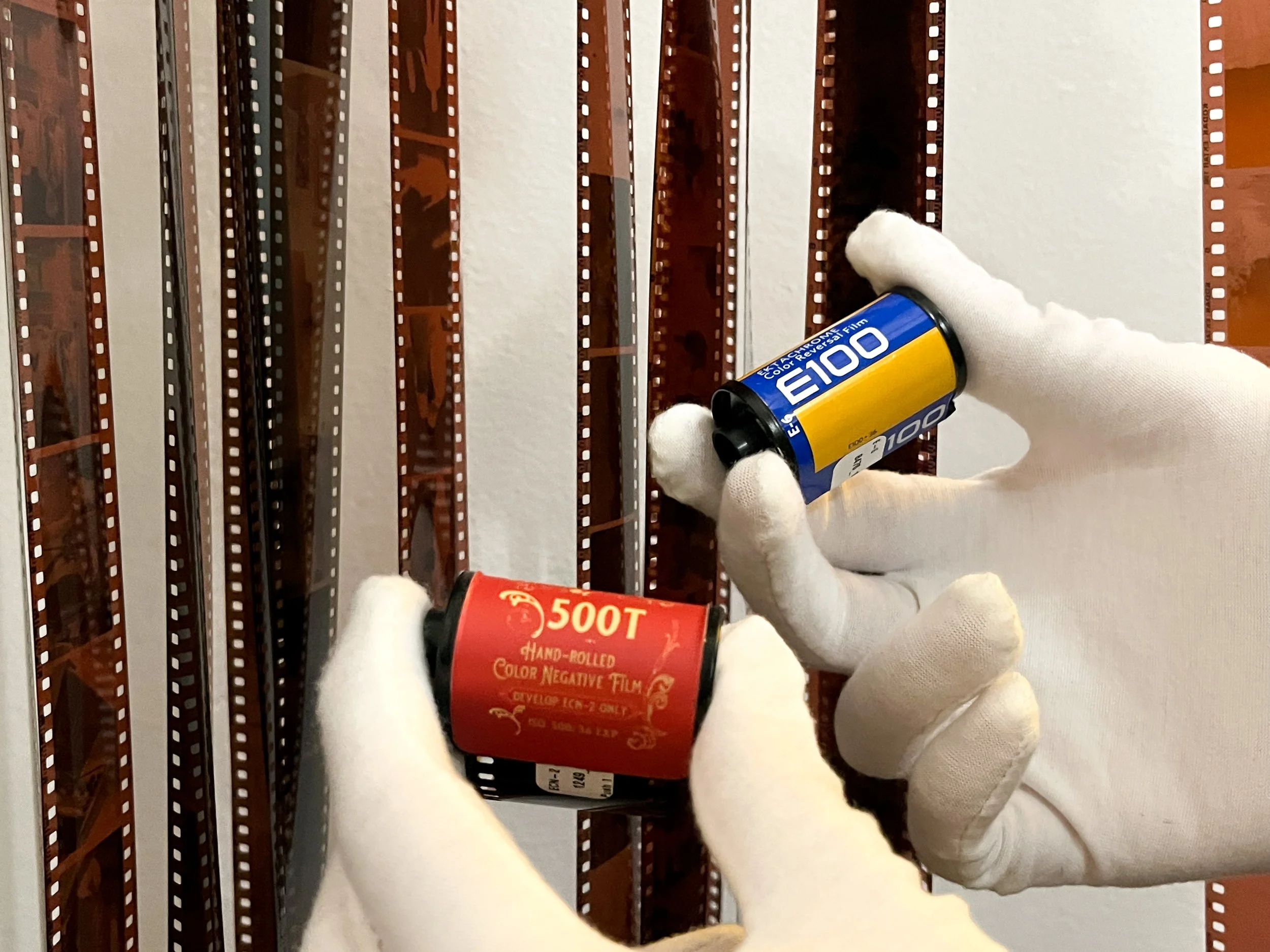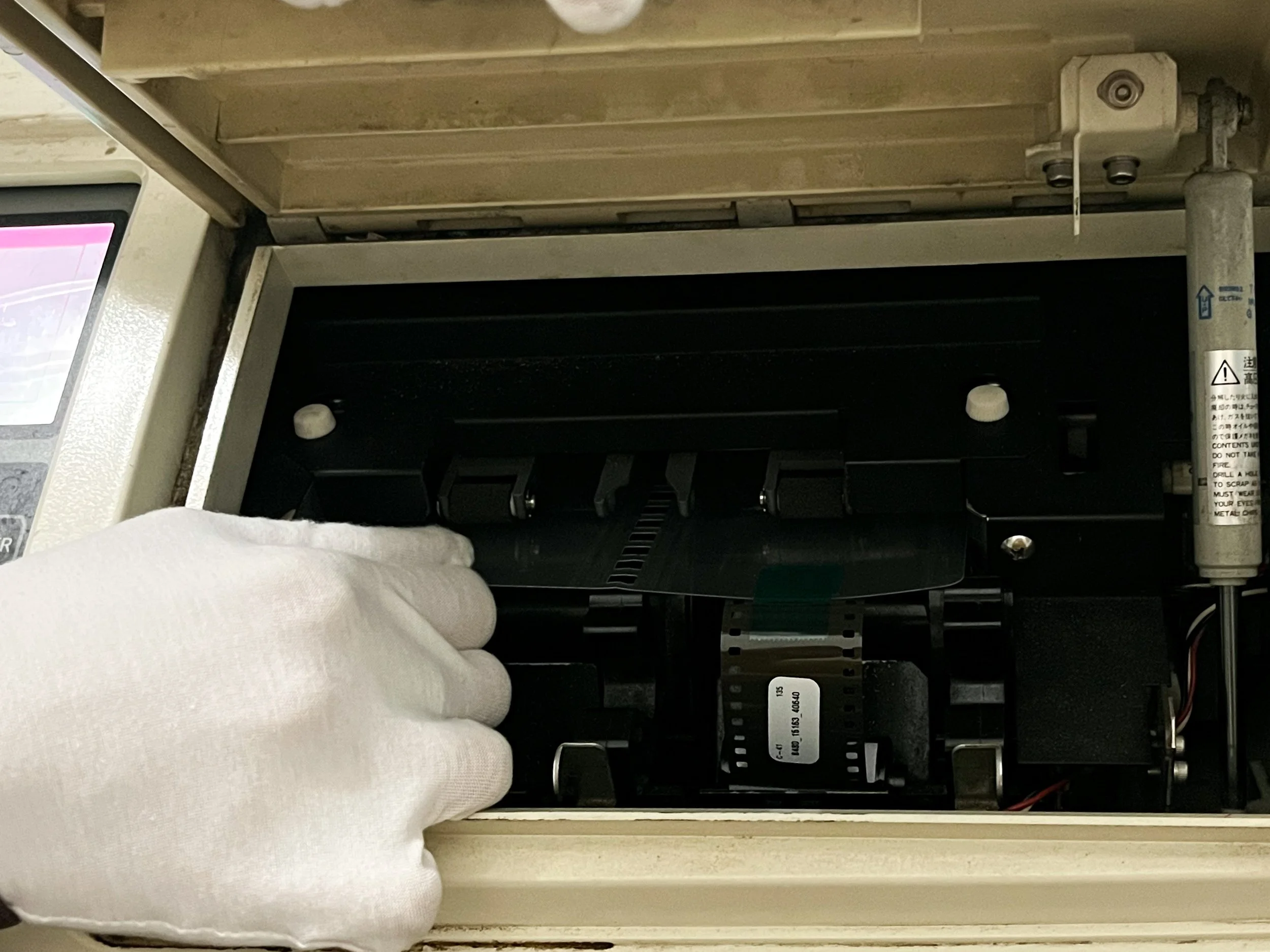How to Choose an NYC Film Lab
With the rise of digital, film labs began to slowly disperse and wane in popularity, but now more than ever we’re seeing a massive resurgence of development locations spread across the world. One of the largest hubs is undoubtedly New York City. From long-running institutions to revamped shipping containers, NYC film labs are cropping up like wildfires. So what NYC film lab is best for you? Obviously, we have a strong bias towards Nice. We believe we deliver the best quality of service to meet the needs of the modern photographer. But what are some factors to consider no matter what lab you’re going to? Here are some criteria we think you should be cognizant of when choosing where to drop off your film.
Price Point
This is most people’s starting place. Everyone wants the best deal for film development in a trade where prices seem to continuously go up. The question you have to ask yourself is, is a bang for your buck always the best option for you? What do you give up for an extremely cheap rate and at what point do low price and poor quality of service become mutually exclusive? At Nice, we are able to fix the price point at $9.99 for our members because there is a mutual commitment involved. In this trade-off, we generate a high-quality output for all our customers because our model ensures we facilitate a strong relationship. In a business built around the idea of the larger community, this is absolutely essential.
We recommend being cautious around labs that offer things like one-hour turnaround times across the board for every order. Although it's tempting to have the immediacy of the scans, we believe in vying for NYC film labs that have a rush system in place. It’s difficult to ensure your film will be handled with care, if speed is the primary objective. Be aware that in these conditions it’s possible quality control could be low. Consider if this is a deal breaker for you before dropping off.
Scan Quality
A hugely important factor in looking at NYC film labs is what kind of digital files you are going to receive. For most people, digital files are the final product of the entire film process, and therefore the most valuable. When it comes to image processing, two terms that are commonly used to define things like size and quality are MegaPixels and MegaBytes. While both are used to measure digital images, they refer to different aspects of the image. Understanding these terms and knowing their differences will be key to knowing how high of quality scans various NYC film labs can and will provide.
MegaPixels
MegaPixels refers to the resolution of digital images. Each image is composed of tiny blocks that are each assigned different tonal values like black, white, shades of various colors, and shades of grey. These pixels sit side by side to form the image. In general the more pixels per inch (PPI) the higher the resolution of the image. The higher the PPI the more refinement in the image i.e. the better it represents a true-to-life version of the photo. However, the resolution of an image does not necessarily determine its file size.
MegaBytes
MegaBytes, on the other hand, refers to the file size of digital images. The file size of an image is determined by a number of factors, such as its resolution, image format, and compression. The higher the resolution of an image, the larger its file size will be.
The long and short is MegaPixels measure the resolution of an image, while MegaBytes measure the file size of an image. Understanding these differences can help you start to decipher what NYC film lab will offer you the best quality of images at what value.
A set of file formats you want to understand and compare is the difference between high res JPEGs and TIFFS
JPEGS vs. TIFFS
A high-resolution JPEG image is a JPEG that has a high number of pixels per inch (ppi) or dots per inch (dpi). In general, a high-res JPEG image should have a resolution of at least 300 ppi or dpi to be qualified as a high-res JPEG.
The higher the resolution of the image, the better the quality of the image will be. However, it's important to note that increasing the resolution of an image does not necessarily improve its quality, it all depends on the source. If the original image is low quality, increasing its resolution will only increase its file size without improving its overall appearance.
The main difference between a high res JPEG and a TIFF is that TIFF files are uncompressed, while JPEG files use lossy compression, which means that some image data is lost during compression. This makes TIFF files larger, but they retain more detail and are therefore better suited for high-quality image editing and printing. JPEG files are smaller and more commonly used for web and digital use, but may not be suitable for high-quality printing. Additionally, JPEG files support a wider range of color profiles and are more easily shareable than TIFF files. TIFF files have no specific ppi or dpi requirements since they are not resolution-dependent.
If you’re unfamiliar with this kind of terminology this can be a lot of information to understand but these metrics remain essential in deciphering if you’re receiving the scan quality important to you. JPEGs and TIFFS have some ill parameters and can be used as umbrella terms. If this is the case the scans you receive can be of lower quality than expected. Be sure to research your chosen NYC film lab’s scans and get specific with these kinds of metrics.
What do they Develop?
When looking for an NYC film lab it's important to look at every service they offer. Things like E-6 and ECN-2 processing, drum scanning, sheet development, and large-format printing are something of specialty services. Even if you’re not interested in one of these now, you could be interested in the future. It pays off to build a relationship with an NYC film lab that offers a multitude of services so if you’re shooting a new type of film for the first time or printing your work, you can drop it off with a lab you trust.
How do they Develop?
Look at not only what an NYC film lab develops, but how they develop it. Is all black-and-white film treated the exact same? Are push/pull services offered? In addition to these questions, you should know what kind of system your lab has in place to process your rolls. NYC film labs use a variety of machines that might have weight on what lab you choose.
Roller Transport
A roller transport film processor is a machine that processes film by transporting the film through a series of chemical baths on rollers. The film is loaded onto a spool, which is then fed through the processor. As the film passes through each chemical bath, it is exposed to the chemicals for a set amount of time, which develops and fixes the film. Roller transport machines process film quickly and efficiently while maintaining consistent results.
Dip and Dunk
A dip and dunk film processor is a machine that processes film by dipping the film into a series of chemical baths. Unlike a roller transport processor, the film is not transported through the chemical baths by rollers. Instead, the film is loaded onto a reel or spool, which is then submerged into each chemical bath. The film remains in each bath for a set amount of time, during which the chemicals develop and fix the film. After the film has been processed in each bath, it is removed from the spool and rinsed with water. Dip and dunk processors’ benefits are they make very minimal contact with the film and therefore are known for being gentle on the emulsion.
Compact Film Processor
A compact film processor is a machine that processes film in a smaller and more portable design than a roller transport or dip and dunk processor. Compact processors use a motorized system to transport the film through a series of chemical baths, similar to a roller transport processor. However, they are smaller and more portable, making them ideal for use in smaller labs or for personal use in the field. Compared to a dip and dunk processor, compact processors are faster and can process film more efficiently, but their use of rollers can cause more wear and tear on the film. Compact film processors run a much higher risk than the aforementioned processors of scratching the film.
Hand Developing
Hand-developing processing is a method of processing film in which the film is manually moved through a series of chemical baths instead of being processed by a machine. This method is usually done in a dark room and requires careful attention to detail and timing to get the desired results. The hand-developing processing is different from roller transport film processing and dip and dunk film processing in that it allows for more precise control over the development of the film, but it is also more time consuming and requires more skill and experience. Hand developing is rarely used by commercial labs for this reason.
Reviews
It’s important to read reviews of any potential NYC film lab before committing. It’s also essential to source these reviews from multiple places. While master lists are a great way to see multiple film labs in one spot, this kind of review is usually only from a single source, and therefore pretty limited. Lots of people become attracted to a film lab because their favorite photographers use that lab. This is very solid reasoning, but be aware that lots of labs are also aware when high-profile photographers use their services. Consequentially a big-name photographer's photos could be handled differently based purely on influence than if a first-time photographer were to drop off. Read reviews from pros and amateurs alike to get a holistic picture of a lab’s services.
Proximity
If you’re looking into NYC film labs, whatever is closest might prove to be the best option for you. It’s often common sense to pick a lab that’s central to your hub of activity for easy drop-off/pick-up service.
However, proximity doesn't have to be a huge factor if your chosen film lab has a robust mail-in service. This way you can be located anywhere in the country and send your film to the preferable choice. If psychical proximity isn’t the dominant factor, you’re able to make decisions more based on the quality, which will serve you in the long run.
Proximity in this case also refers to how close the lab team is to you regarding inquiries. Many of us have had a lab experience where we have questions or concerns regarding our film and it becomes like treading upstream to get any sort of clarity. Pick a lab that has a good system of communicating with its customers. Shooting film can be an uphill battle, and if you have lab techs that will actively communicate with you can grow your skills from a group of people who have a solid requisite of film knowledge.
Hopefully, you’ll consider these factors when choosing a lab in NYC. Our first choice is always Nice. From development/scan quality to customer service, to a system built around the customer, we believe we meet the criteria to give you a more than satisfactory experience. We also recognize that there is a lot out there and the most important thing is that your film is treated how you want it to be. Regardless of lab preference, spend time researching the variables that matter to you so you can go in confident they will treat your work and memories with the sensitivity they deserve. Start your membership today.




